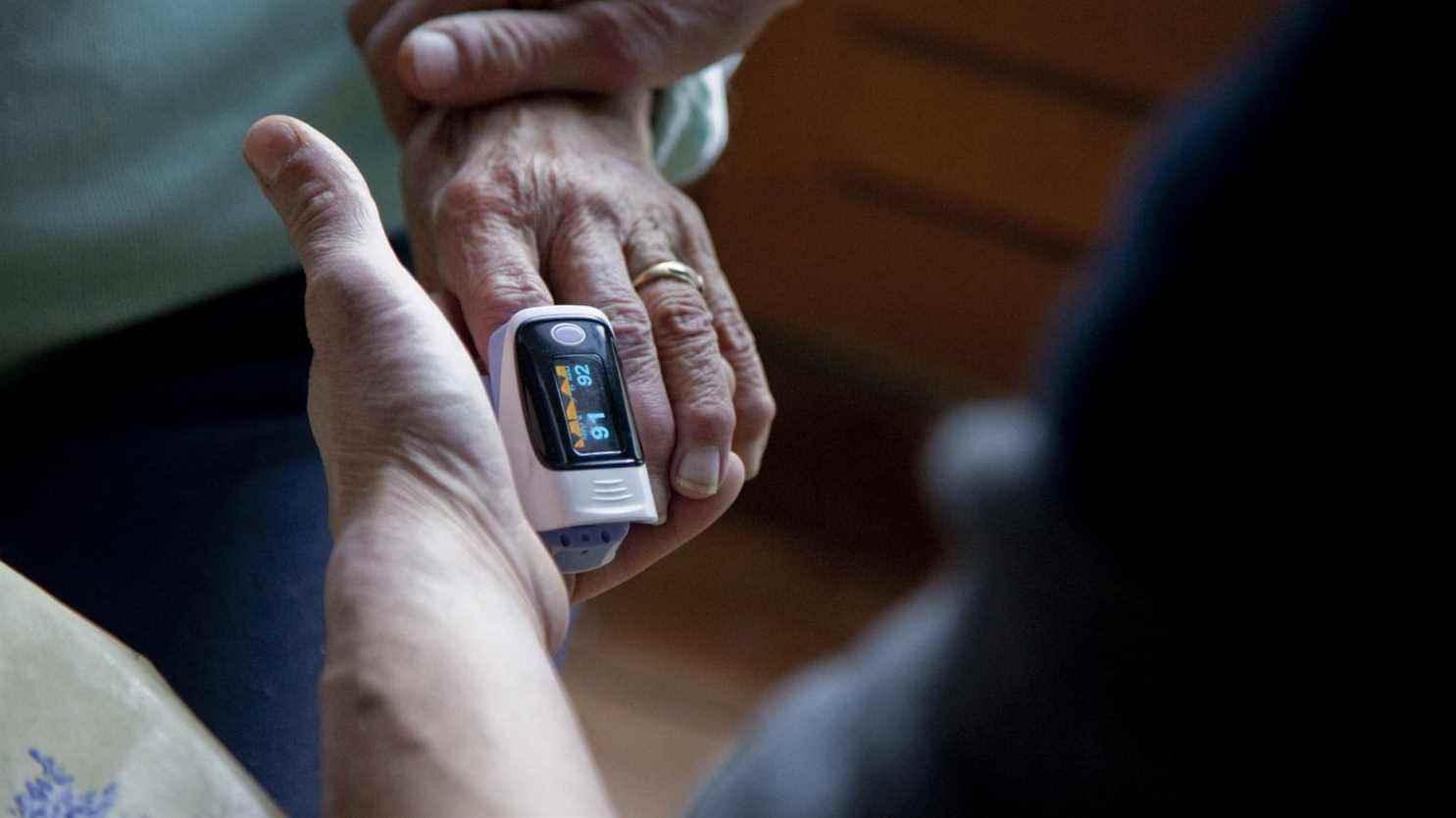Since 2005, major national plans have “significantly” increased the supply of care allowing the elderly to stay at home, but it remains low.
Article written by
Posted
Reading time : 1 min.
The offer of home care allowing the elderly to continue to live at home remains insufficient in France, considers the Court of Auditors. “The Home Turn” often announced by public authorities remains “unsuccessful”, noted the Court of Auditors in a report on home care published on Monday 24 January. Since 2005, major national plans have “substantially” increased the supply of care allowing the elderly to stay at home, but it remains weak. There are 2,125 home care structures in France, able to care for 126,600 people. This represents 20 places for 1,000 aged 75 and over, compared to 102 places in nursing homes, according to the Court of Auditors. This offer of seats must be adapted to “respond to the demographic shock linked to the aging of the population”, while taking into account the respective public costs of the different modalities of care, noted the institution of rue Cambon.
By maintaining current practices, around 108,000 additional places in nursing homes will be needed by 2030, according to an estimate by DREES (research, studies, evaluation and statistics department). At the same time, around 25,000 places in home nursing services should be created, estimated the Court of Auditors.
The aging of the population will also lead to a sharp increase in staffing needs for home care services and home help services. About 82,000 full-time equivalents should be recruited by 2030, while these professions are suffering from a “lack of attractiveness” linked to the “difficulty at work”, points out the Court of Auditors. Moreover, the demographic shock will not be “not homogeneous” throughout the territory, which pleads for “fine programming and regulation, at least at the level of the departments”, depending on the institution. She recommends developing tools to better understand the needs and costs related to care.
